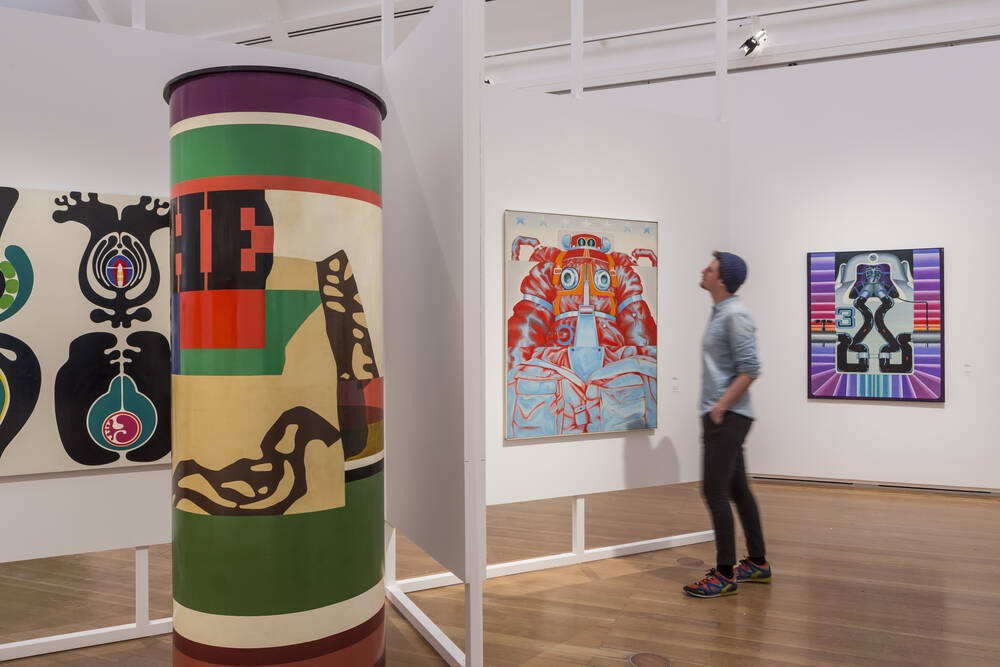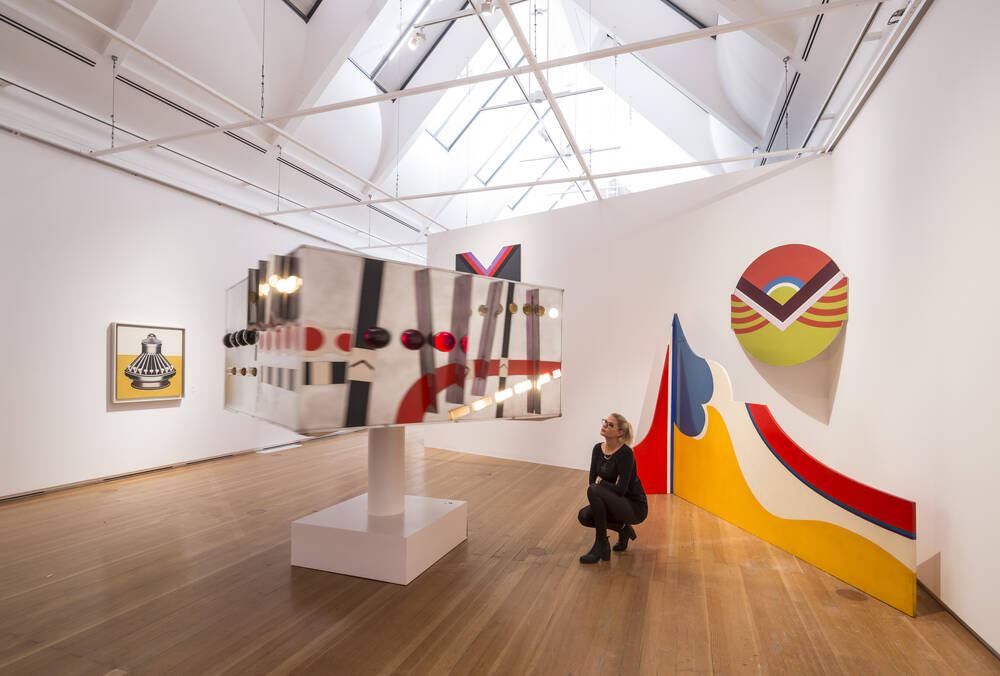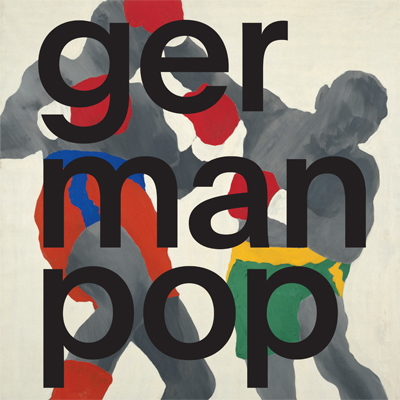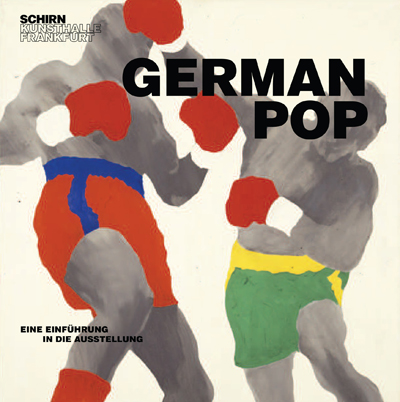As a kind of archeological investigation of the 1960s and early 1970s, the exhibition at the SCHIRN will take a closer look at the artistic activities that constituted “German Pop.”





German Pop
In Great Britain and the United States, the 1960s brought forth a cultural movement that would have an impact worldwide. Its universal claim to popularity is already evident in its name – the movement ostensibly fit for the masses was called “Pop Art.” Artists such as Christa Dichgans, Sigmar Polke, Manfred Kuttner, Konrad Klapheck, and Peter Roehr developed a specifically West German version of Pop Art that went beyond mere “coca-colonization.” They examined the banalities of everyday life in Germany, ironizing its narrow-minded tastes and typically German “gemütlichkeit.” As a kind of archeological investigation of the 1960s and early 1970s, the exhibition at the SCHIRN will take a closer look at the artistic activities that constituted “German Pop.” Broadening the focus to encompass far more than just the chief protagonists, it will surprise the visitors with many a new (re-)discovery. The Pop principle will here be revisited with an eye to the new realistic art production situated in a realm between entertainment and mass culture, and light will be shed on West German Pop as an expression of dissociation from a no-longer-unencumbered middle-class aesthetic.
Catalog
Pop, which began in Great Britain and the USA and was established there as a universal culture, took on an original artistic expression in the 1960s in the Federal Republic of Germany. Artists living in West Germany such as Thomas Bayrle, Christa Dichgans, K. H. Hödicke, Konrad Klapheck, Ferdinand Kriwet, Uwe Lausen, Sigmar Polke, and Gerhard Richter grapple in their works with the everyday life in Germany, ironically commenting on the ideals of petit-bourgeois taste and the oppressive and deceptive coziness of the 1960s. Germany’s economic miracle was followed by an attempt to come to terms politically with its recent past. Processes of democratization were also found in the fine arts, along with a search for a new identity and a redefinition of the concept of art.

Booklet
This booklet presents the key works and theses of the exhibition and explains them in context with history, art and society.
